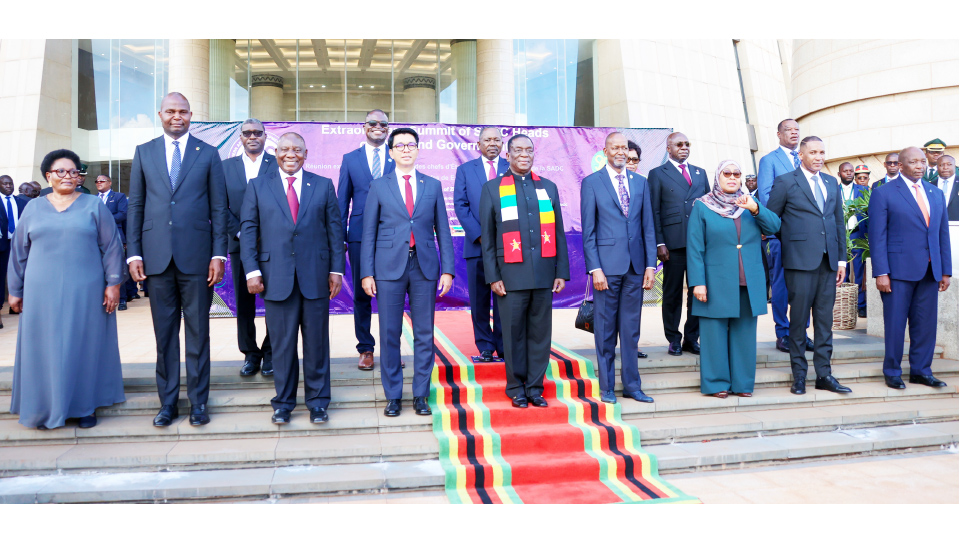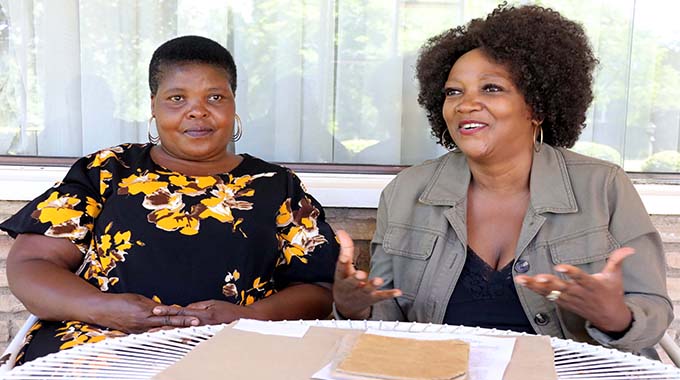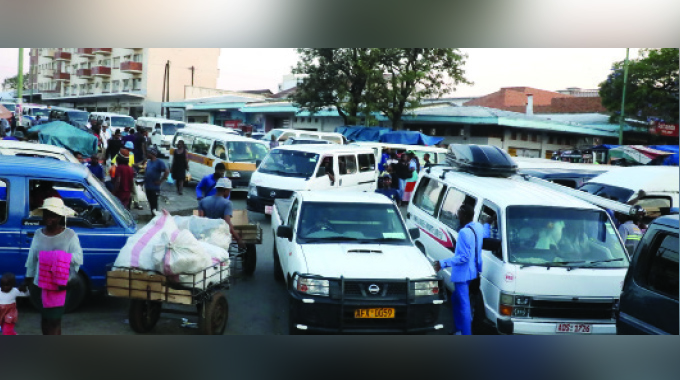
Leonard Ncube, leonard.ncube@chronicle.co.zw
MATABELELAND North province has surpassed the 110 000 hectares planting target set by the Government for cereal crops as farmers in the dry arid region took advantage of the rains experienced in recent weeks.
Matabeleland North population grew from 749 017 in 2012 to 827 645 in 2022 according to ZimStat. Of these, 427 632 are females while 400 013 are males.
Despite the greater part of the province being in the ecological regions 4 and 5, both crop and livestock farming are booming in the province.
According to the beef and livestock census, in 2022 the province had 695 771 cattle, with Lupane, Nkayi and Bubi having more than 100 000 each and the other districts less than 100 000.
There were 51 938 sheep in the province, 499 658 goats, 35 455 pigs, 117 889 donkeys, 177 horses, 1 181 168 poultry and 99 803 dogs.
Thousands of stock was lost to drought and diseases last year as Zimbabwe experienced the worst drought in over 40 years.
Government is currently assessing the crop and livestock situation countrywide with the Ministry of Lands, Agriculture, Fisheries, Water and Rural Development partnering with Zimstat to have actual livestock population. Hopes are high that Zimbabwe will reap a bumper harvest in crops and better fortunes for livestock.
Minister of Lands, Dr Anxious Masuka was in Hwange recently where he visited Isla Farm and expressed Government satisfaction on the current farming season.
The new provincial director, Mr Mkhunjulelwa Ndlovu, who was transferred from Matabeleland South to replace the late Dumisani Nyoni who died last year, said the province had surpassed Government target.
He said sorghum had the highest hectarage while millet was affected by unavailability of seeds with a significant increase in cotton, which is a new crop in the province. The province target was 110 000ha and over 111 000ha of cereals have been planted.
“We have surpassed the target and reached 111 119ha. The target for sorghum target was 38 300ha and 54 755ha has been planted making it the highest in terms of hectarage,” said Mr Ndlovu.
“The target for pearl millet was 70 300ha and 49 870ha has been planted and farmers said challenges with millet was unavailability of seed. This is an issue to look into so that seed houses can deliver seeds in time.”
The province is encouraged to plant small traditional grains that suit the ecological region.
Mr Ndlovu said 5 600ha of sunflower have been planted compared to the targeted 14 000ha while 180ha of soya beans were planted against a target of 280ha.
He hoped that more farmers will develop more interest in small grains and sunflower, groundnuts and millet in future. The majority of the crop in the province is at early reproductive and vegetative stage, which is encouraging for the farming season.
A few farmers are still planting, especially African peas and sunflower, Mr Ndlovu said.
In Hwange District, the total area planted for cereals is 20 000ha, which is also above the target and this means that each of the 19 800 households in the district will have at least a tonne of maize if the rains continue, according to agricultural experts.
The district targeted 4 000ha of sorghum and 5 069ha were planted while 8 006ha of maize were planted against a target of 6 700ha. For pearl millet the target was 7 900ha and 7 029ha has been planted while 520ha of groundnuts were planted against a target of 146ha.
For sunflower the target was 500ha and 141ha were planted while 900ha were targeted for Africa peas with 352ha planted. Some farmers were still planting. The target for cotton was 10ha and 8ha has been plated.
Mr Ndlovu said the ministry was also doing livestock assessment working with Zimstat for actual statistics.
He said stock was affected by diseases and poverty deaths but there was a high rate of calving. Hwange District alone lost 1 596 of its 55 227 cattle while 3 500 calves were born this season.
“We will be assessing how many calves have come through compared to deaths. The deaths were caused partly by the market as farmers stopped selling their livestock because of the low prices as buyers were offering as low as US$50 for a beast, so non-productive cattle died. So, we have a challenge of addressing the market system,” he said.
Zanu-PF vice provincial chair Cde Silas Maligo said there was need to consider how many beasts each farmer lost when Government rolls out restocking programmes.
Hwange District Development Coordinator, Mr Simon Muleya, said there were high hopes for good harvest if the rains continue. —@ncubeleon








